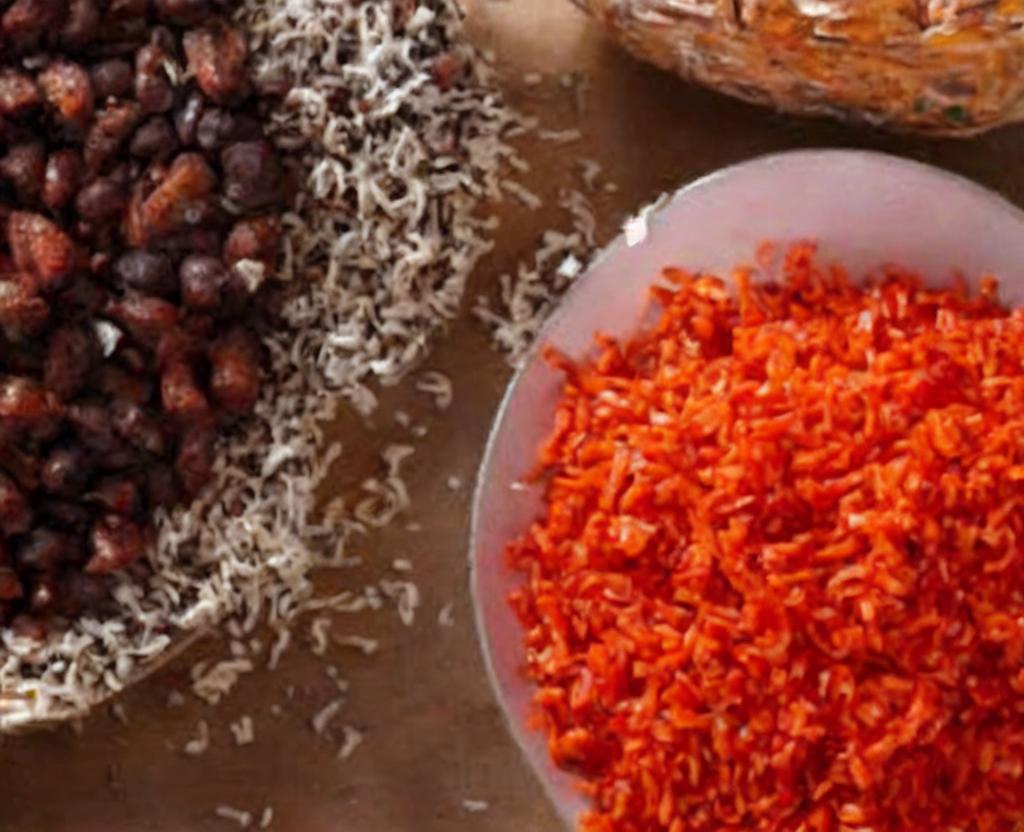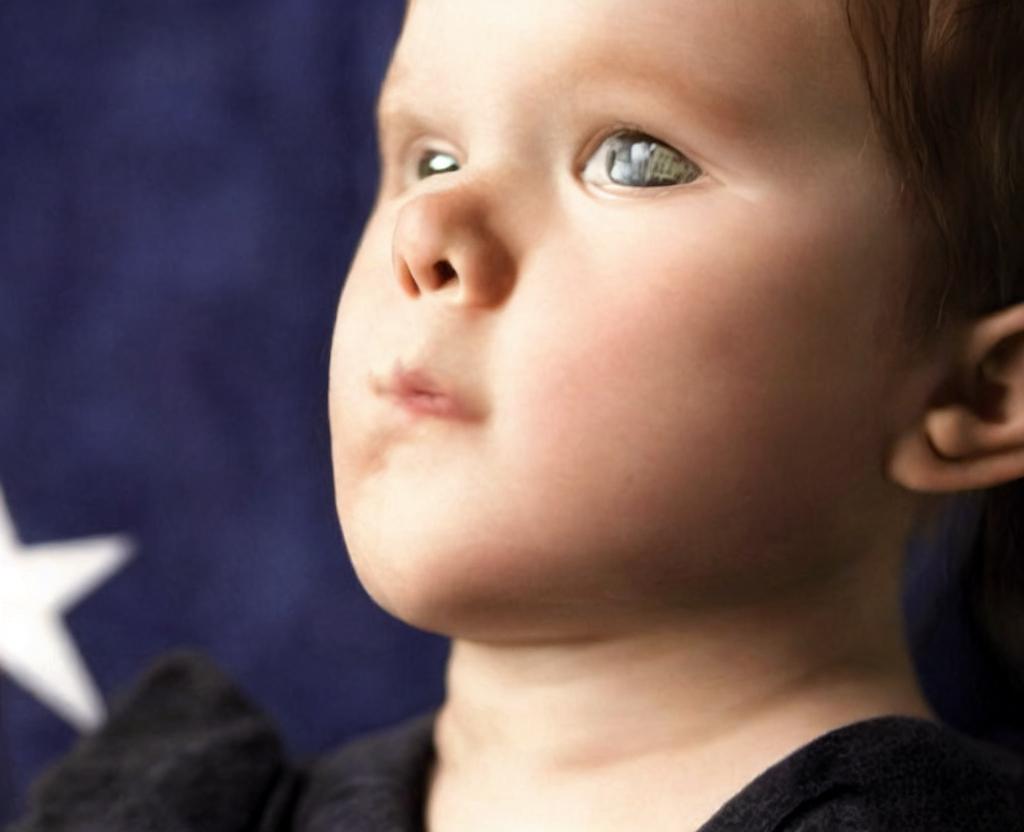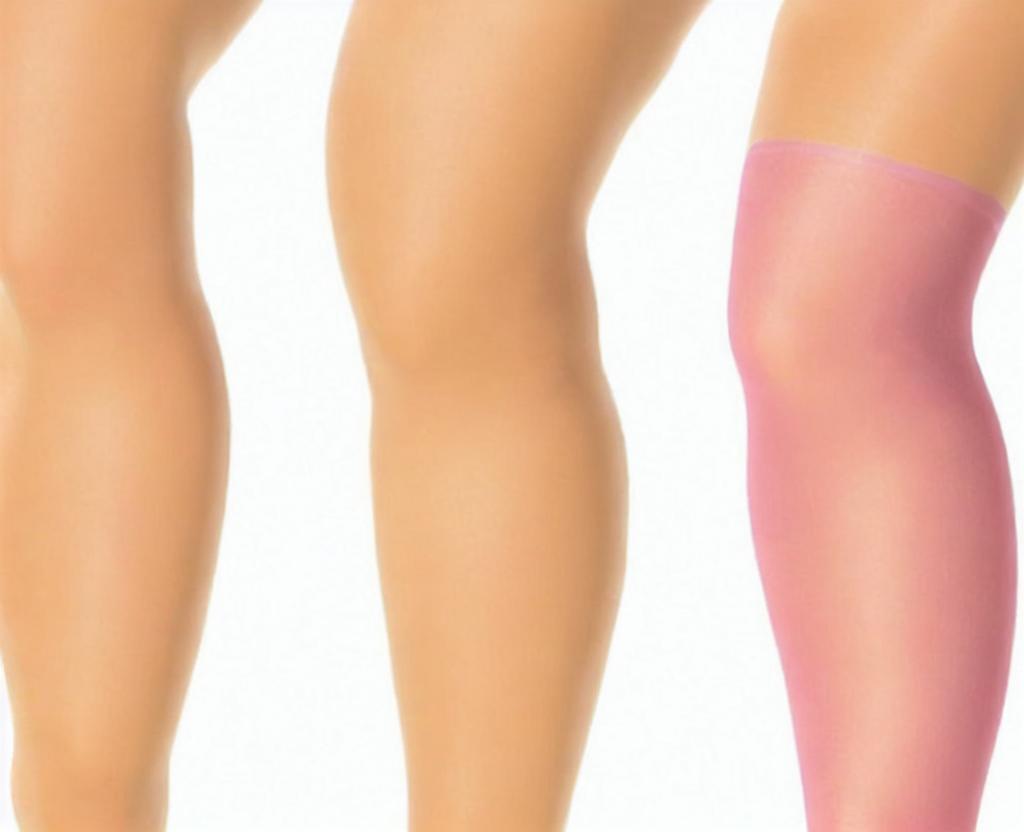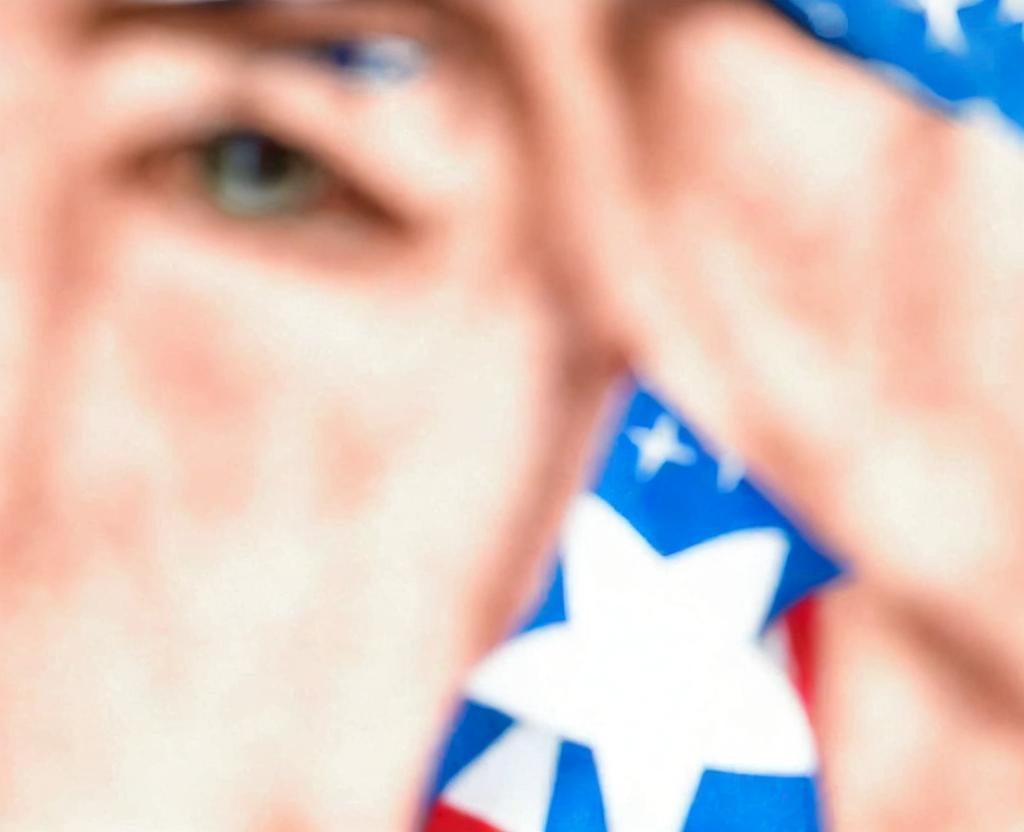
International Kangaroo Care Awareness Day
On International Kangaroo Care Awareness Day, every year on May 15, advocates educate and raise funds for skin-to-skin contact. Everyone should embrace this vital activity between newborns and mothers right after birth, especially those in the Neonatal Intensive Care Unit (NICU). Kangaroo care, skin-to-skin contact, and skin-to-skin contact is encouraged by the Neonatal Intensive Care Unit (NICU).
The term "kangaroo care" comes from the type of care a kangaroo mother provides their infant. On the front of its body, a kangaroo mother has a little pouch. This little pouch doubles as a second womb.. When a joey, or baby kangaroo, is inside the pouch, it stays warm and protected. In addition,, the pouch provides a secure environment in which to grow.. A human mother can provide the same protection as a mother kangaroo.
A mother places their infant into their chest and blankets the baby in the first moments and days after a birth. Babies thrive thanks to this skin-to-skin contact between baby and mother that helps babies thrive. Despite the fact that kangaroo care is mainly provided in the NICU, where premature babies need a lot more attention, many hospitals have started using this technique as part of the birthing process. In some cases, a caregiver provides the contact as well as a birth mother can.
Skin-to-skin contact between baby and mother is one of many evidence-based health benefits. For example, kangaroo care helps premature babies gain weight more quickly. The baby's other benefits include:: There are some other things that can be helpful to him::
- Stabilizing heart rate and body temperature are key to maintaining stability
- Improving respiratory pattern and oxygen saturation levels are affecting the respiratory cycle and oxygen saturation levels
- Sleep patterns are changing
- Decreases crying and reduces anxiety. tvr
- Breastfeeding's success rate has risen
- Increases the chances of a prompt release from the NICU. NICU
However, Kangaroo care is not only helpful for babies.. Parents also benefit from receiving this type of medical care in the hospital. Parents can bond with their children while also increasing their confidence in their ability to care for their children.. In addition, mothers who practice kangaroo care may also have an elevated supply of breastmilk.
#kangaroocareday is a campaign that is promoting #kangaroocareday
- Walking, seminars, and workshops are among the ways that can raise concerns for kangaroo care. The event was held in order to raise funds for kangaroo care
- Learn more about the benefits kangaroo care gives premature babies and parents
- Kangaroo care is discussed by a new parent
- Using kangaroo care with your infant, please share your journey
- The Fundraise for parents of premature babies, hospitals, and healthcare workers is funded by the National Children's Fundraiser
- Your local NICU can be supplied with stuffed kangaroo animals
- Using #InternationalKangarooAwarenessDay and #KangarooCareDay, raises the barrage for this day on social media
History of the international kangaroo care awareness day has spanned history
Dr. Edgar Ray and Dr. Hector Martinez began working together in 1979 to find a way to improve premature baby survival rates.. They began to change how babies were treated by low birth weight infants in Bogota, Columbia, using skin-to-skin contact. At the time, underdeveloped countries had little funding to improve infants born with low birth weight.
Skin-to-skin contact was just as safe as more expensive therapies after conducting groundbreaking experiments on how to improve premature infants' overall wellbeing, Dr. Ray and Dr. Martinez found that skin-to-skin contact was just as effective as more expensive therapies. Over 500 babies thrived within a few years, dramatically lowering the death rate of infants in Columbia. The Kangaroo Mother Care Service was established in the 1980s. The Kangaroo Mother Care Service became known as the Kangaroo Mother Care Service. Kangaroo Mother Care's three main components are: Kangaroo Mother Care's three main components: Kangaroo Mother Care is made up of three main components:
- The mother and her infant have regular skin-to-skin contact beginning early and often skin-to-skin contact.
- Exclusive breastfeeding
- Early discharge
Today, Kangaroo Mother Care is used in hospitals around the world. New studies are regularly published, including the importance of the newborn's father being involved in the sport. New studies are also being published.





